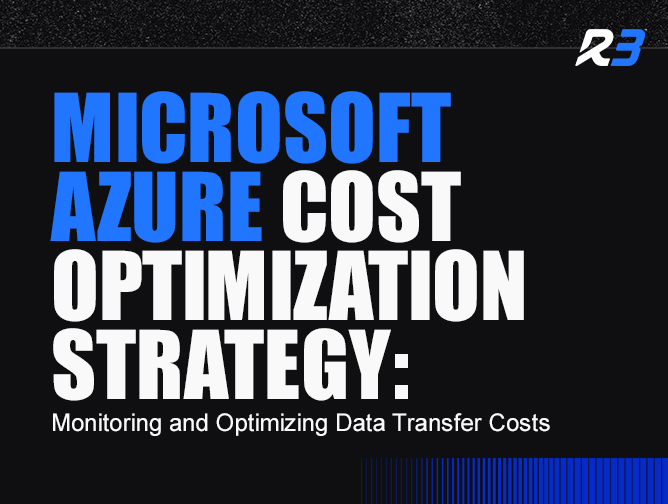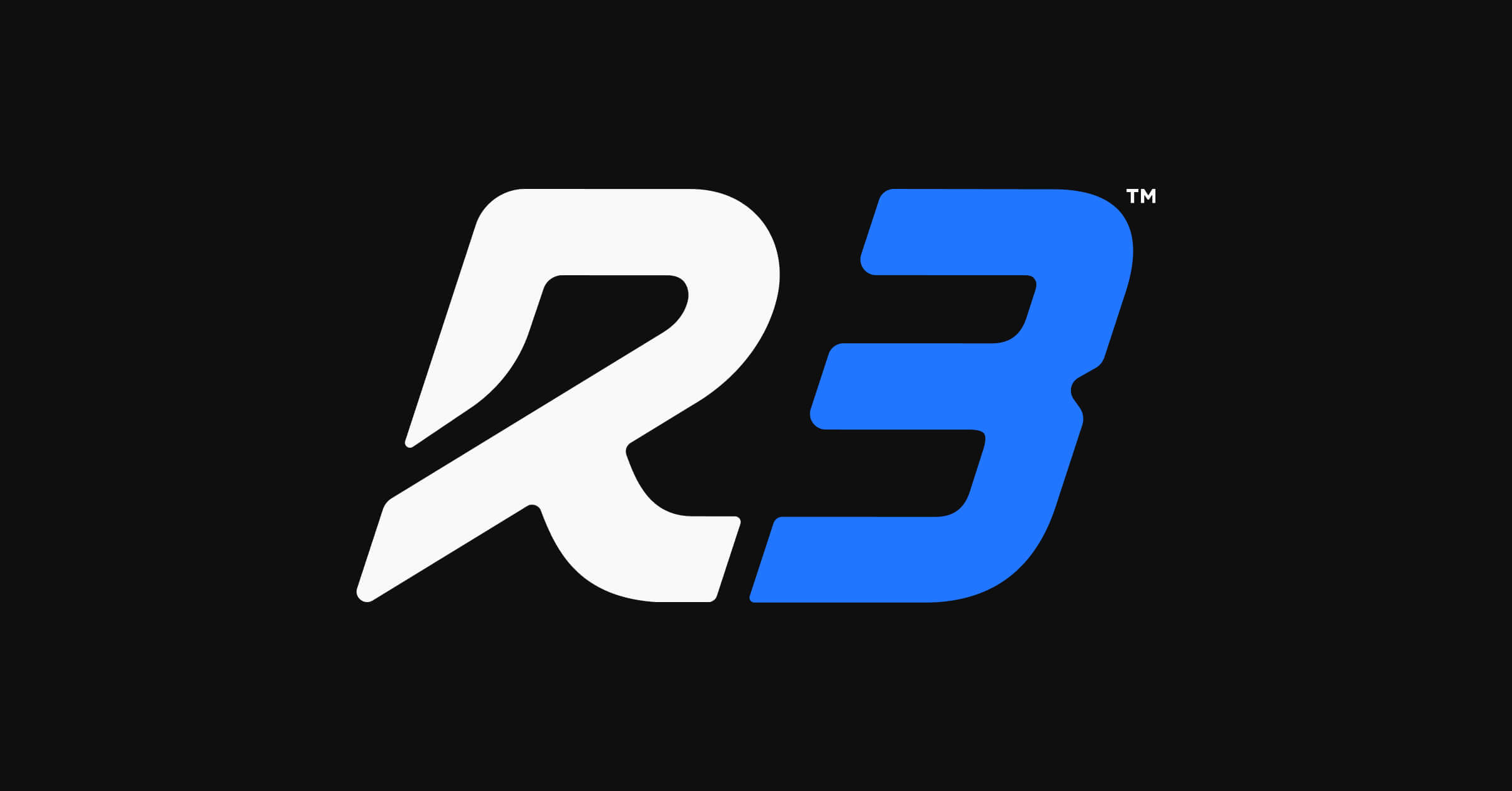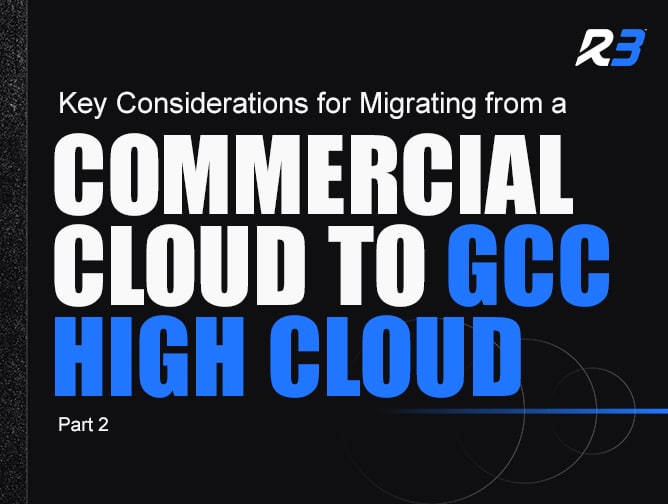In the cloud-first world we live in today, managing and optimizing costs has become a critical aspect of running efficient and scalable cloud solutions. While the flexibility and scalability offered by Microsoft Azure are unparalleled, it can also lead to unexpectedly high costs if not monitored and optimized properly. One area where costs can quickly escalate is data transfer, which can accumulate from several sources, including data movement between Azure regions, data egress to the internet, and even within the same region when using certain services. Keeping a close eye on these costs and optimizing data flows can lead to substantial cost savings.
Understanding Data Transfer Costs
The first step in optimizing these costs is understanding where they come from. Azure charges for data transfers based on the amount of data moving out of Azure data centers (i.e., egress). Transfers within the same region (i.e., intra-region) are generally free, but inter-region and internet egress are chargeable. The rates can vary significantly depending on the regions involved and the volume of data transferred.
Utilizing Azure Content Delivery Network (CDN)
One effective strategy to reduce data transfer costs is leveraging Azure Content Delivery Network (CDN). Azure CDN caches static web content at strategically placed locations to provide maximum bandwidth for delivering content to users. This not only improves the user experience by reducing load times but also decreases data transfer costs significantly. By serving content from a location closer to the user, it reduces the amount of data that needs to travel across regions, thus lowering the costs.

Download Azure Cost Management Guide
Download the complete guide to Azure Cost Optimizations and learn about tips, tricks, and tools that will help you monitor, manage, and save money in the cloud.
Monitoring Tools and Services
Azure provides tools and services that help monitor data transfer costs effectively. Azure Cost Management + Billing offers detailed insights into your spending patterns, including data transfer costs. It allows you to set budgets and alerts to keep costs under control. Additionally, Azure Monitor and Azure Log Analytics can be used to analyze traffic patterns and identify optimization opportunities.
Optimization Strategies
After identifying where your data transfer costs are coming from, implement optimization strategies. For instance, consider architecting your solutions to minimize data movement across regions. If possible, deploy services and store data in the same region where your users are located. Also, review and clean up unused or stale data that might be unnecessarily replicated across regions.
For applications that require data to be transferred across regions, consider compressing data before transfer to reduce volume. Furthermore, evaluate the possibility of using Azure’s private networking features, such as ExpressRoute, which can be more cost-effective for large volumes of data transfer.
Conclusion
Optimizing data transfer costs is crucial for managing expenses in Microsoft Azure. By understanding where these costs come from, leveraging services like Azure CDN, and utilizing the right monitoring tools, businesses can achieve significant savings. Implementing thoughtful architectural decisions and optimization strategies will not only reduce costs but also enhance overall system performance and user satisfaction. As with any optimization process, continuous monitoring and adjustment are key to achieving the best results.







